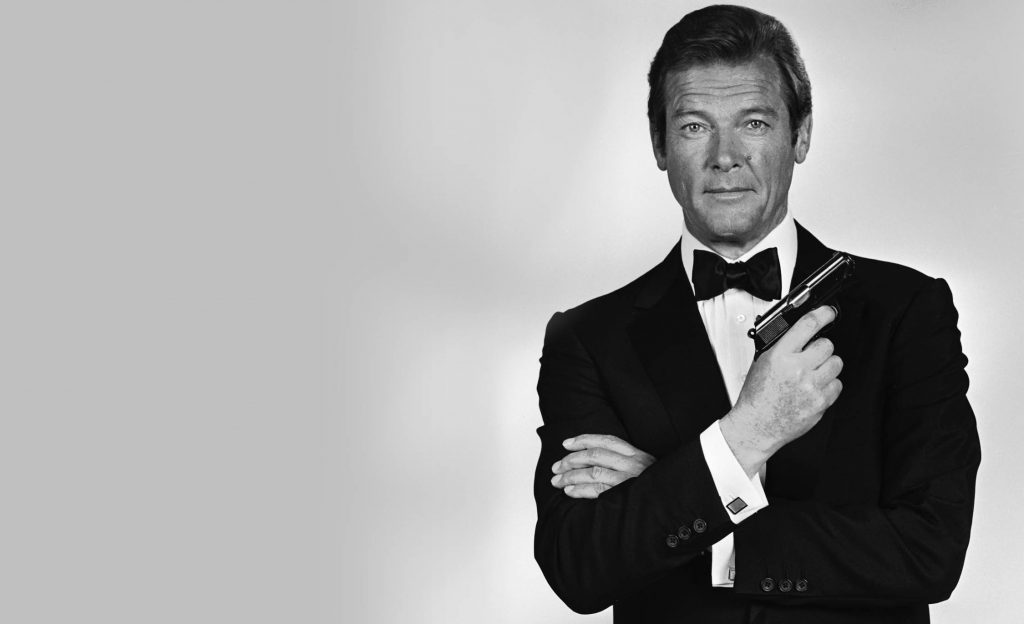Just hours after Roger Moore passed away on Tuesday, I was getting fitted for a last-minute tuxedo rental, imagining how much better almost everything in the store would have looked on him.
Of course, it’s almost impossible to imagine Moore in a rental. Everything he wore, both onscreen and off, looked owned, in a way that transcended buying something. He owned clothes in a way that looked like he belonged in them, and this, more than anything else, explains his status as an early male style icon.
Now before any James Bond fans get angry, hear me out: Sean Connery looked great in a suit too, but on him James Bond’s clothes — and the character itself — were really just a costume. Like Daniel Craig, Connery is a man’s man, probably more comfortable in a pair of shorts than formal attire. Moore looked and behaved as a true gentleman, even if that meant holding a gun or wielding some other kind of weapon.
If you want proof, check out this 10-minute clip from 2013 that’s available online. It’s part of a documentary on British style that aired on the BBC. Moore — still dressed immaculately in dark shades and a gorgeous striped tie wrapped around his neck in a bold Windsor knot — talks at length about how often he had to change suits in the midst of shooting.
“You could count on (needing) 40 suits, which was a very expensive part of the budget,” he said. “It was more than I got paid — which was why I stole the suits.”
It’s hard to imagine Connery — or most of the other Bonds for that matter — wanting or bothering to steal the suits. Moore recognized their value, in part because he helped ensure they looked perfect. It was Moore who recruited Cyril Castle, a costume designer he had worked with on the TV series The Saint, to make the first clothes for Live And Let Die. This may have been his first lesson: True men of style know to hold onto a great tailor when they find one.
In the same clip, the documentary filmmakers have Moore watch a scene from the film and ask him to describe what he’s wearing. “What I’m wearing . . . is a sickly grin,” Moore finally says. This was lesson number two: the attitude under the clothes ultimately defines your appearance.
As with all celebrity deaths, most of the images of Moore online show him in his youth, but he continued to look elegant forever after. There was almost something respectful about the effort he put into his look. After all, James Bond was really a civil servant. The fancy clothes weren’t necessarily something into which he was born. Moore treated his depiction of Bond — and his life outside the films — as proof that true style is about rising to the occasion. That was lesson number three.
Roger Moore may have starred in For Your Eyes Only but he carried himself as though he were dressing to impress everyone. And that’s exactly what he did.

